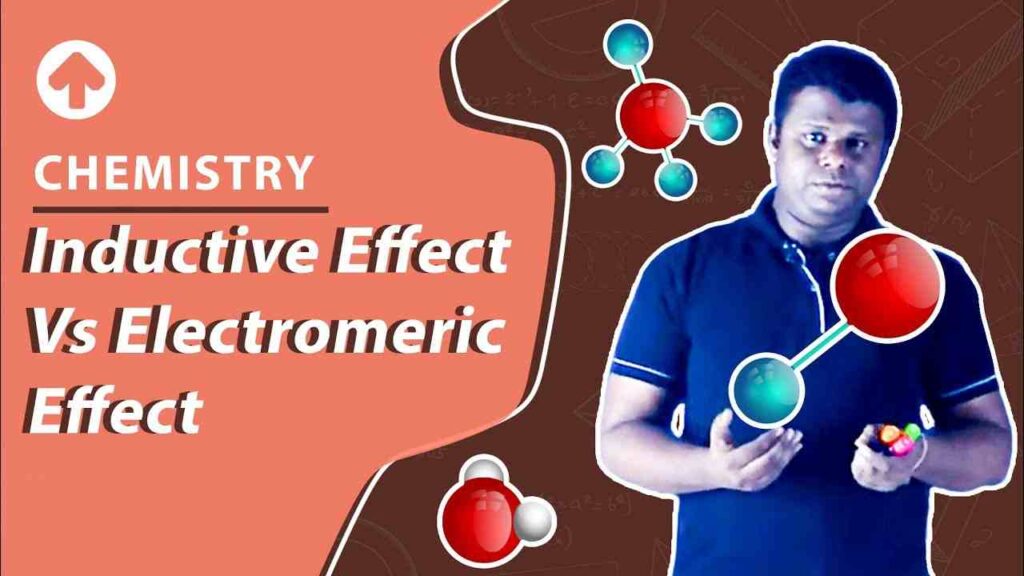
Explore 10 Key Difference between Inductive Effect and Electromeric Effect
Welcome to the fascinating world of organic chemistry! In this insightful read, we explore the captivating difference between Inductive Effect and the Electromeric Effect, unraveling their distinct characteristics and shedding light on their significance in chemical reactions.
10 Difference between Inductive Effect and Electromeric Effect
Welcome to the fascinating world of organic chemistry! In this article, we explore the captivating difference between Inductive Effect and the Electromeric Effect, shedding light on their distinctive characteristics and illuminating the differences between these intriguing phenomena.
Definition:
The influence of nearby atoms or groups on the arrangement of electrons in a molecule is known as the inductive effect.
The temporary movement of electrons within a molecule brought on by the presence of an atom or group close by is known as the electromeric effect.
The kind of influence:
An effect that permeates the entire molecule is known as the inductive effect.
Electromeric Effect: This brief effect only manifests close to the atom or group that is responsible for it.
Movement of electrons:
Electrons are moved along a molecule’s sigma bonds as a result of the inductive effect.
Electromeric Effect: Shifting electrons in the involved atom’s or group’s pi bonds or in its non-bonding electron pairs.
Electron Shift Direction:
Electrons are drawn toward an atom or group with a higher electronegativity due to the inductive effect.
Electromeric Effect: The atom or group involved either donates or accepts electrons.
Strength:
Compared to the electromeric effect, the inductive effect is weaker.
Compared to the inductive effect, the electromeric effect is stronger.
Influence’s Range:
It may have an inductive effect on nearby atoms or groups in a molecule.
Only the atom or group that is directly attached to the molecule is impacted by the electromeric effect.
Permanence:
While the molecule is present, the inductive effect is constant.
Electromeric Effect: It is transient and only exists while the atom or group that is responsible for it is present.
Variety of Bond:
Both sigma (single) and pi (double or triple) bonds can have this inductive effect.
Electromeric Effect: It mostly happens in double- or triple-bond pi structures.
Application:
It is used to explain the reactivity of organic compounds and the stability of molecules.
It is used to explain how electrophiles and nucleophiles interact in chemical reactions.
Examples:
Chlorine in chloroethane induces the removal of electrons from a carbon chain.
Nitrogen’s ability to donate electrons to a carbonyl group in an amide compound has an electromeric effect.
Remember that it takes time to understand these ideas, so don’t get discouraged if it seems difficult at first. You’ll become more accustomed to these concepts with time and instruction!
Also Read: Explore 10 Key Difference between Internal Check and Internal Audit